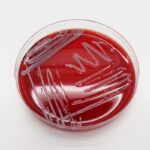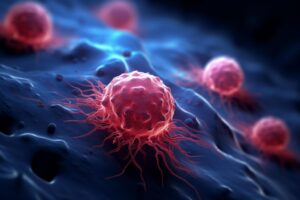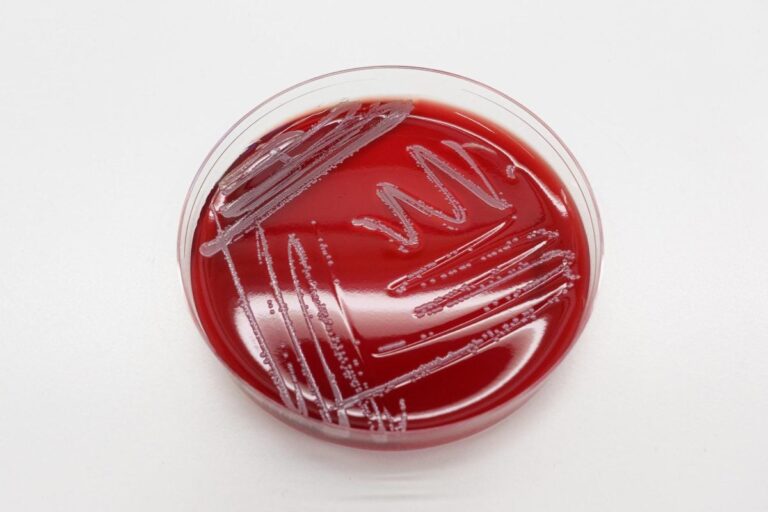Microplastics, defined as plastic particles less than 5 millimeters in size, have become pervasive pollutants in various ecosystems. Their omnipresence poses significant risks to both environmental and human health.
Microplastics as Breeding Grounds for Superbugs
A study conducted by Boston University revealed that Escherichia coli bacteria exposed to microplastics developed resistance to multiple antibiotics. The hydrophobic nature of microplastics facilitates the formation of biofilms—a protective layer where bacteria can thrive and exchange genetic material, including antibiotic resistance genes. This biofilm environment enhances bacterial resilience against antibiotic treatments.
Similarly, collaborative research between the University of Oxford and Fujian Agriculture and Forestry University found that microplastics in the environment can amplify the spread of antibiotic resistance by up to 200 times. The study highlighted that microplastics serve as platforms for bacteria to attach and engage in horizontal gene transfer, a process where genetic material, such as antibiotic resistance genes, is exchanged between bacteria.
Implications for Public Health
The proliferation of antibiotic-resistant bacteria poses a severe threat to global health. Projections indicate that by 2050, superbugs could result in over 39 million fatalities, with antimicrobial-resistant infections causing more deaths than diseases like HIV/AIDS. The misuse and overuse of antibiotics are primary contributors to this crisis, but environmental factors, such as microplastic pollution, are emerging as significant accelerants.
Environmental and Societal Concerns
Microplastics are not confined to aquatic environments; they have infiltrated soil ecosystems, potentially introducing drug-resistant bacteria into the food supply. In agricultural settings, microplastics can affect soil health and plant growth, leading to broader ecological consequences.
The issue is particularly pronounced in high-density, impoverished areas where plastic waste accumulates, and infections spread more readily. The combination of inadequate waste management and limited access to healthcare exacerbates the risk of antibiotic-resistant infections in these communities.
Urgent Call for Action
The intersection of microplastic pollution and antibiotic resistance necessitates immediate attention from policymakers, healthcare professionals, and environmental agencies. Strategies to mitigate this growing threat include:
Reducing Plastic Pollution: Implementing stringent regulations to limit plastic waste and promoting the use of biodegradable materials.
Enhancing Waste Management: Improving waste collection and recycling systems, especially in vulnerable communities, to prevent environmental contamination.
Monitoring and Research: Conducting comprehensive studies to understand the mechanisms by which microplastics contribute to antibiotic resistance and developing targeted interventions.
Prudent Antibiotic Use: Encouraging the responsible prescription and consumption of antibiotics to slow the development of resistance.
Addressing the dual challenge of microplastic pollution and antibiotic resistance is crucial to safeguarding public health and preserving environmental integrity for future generations.

















+ There are no comments
Add yours